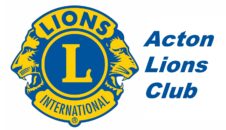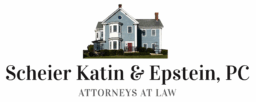Sept. 30, Francis Faulkner Meeting Room, Acton Town Hall: A balky slide projector was no obstacle for a seasoned presenter like Bob Allison, as he breezed right into his talk, “Beyond the bridge, an Acton 250 lecture,” while technicians finally worked out the kinks.
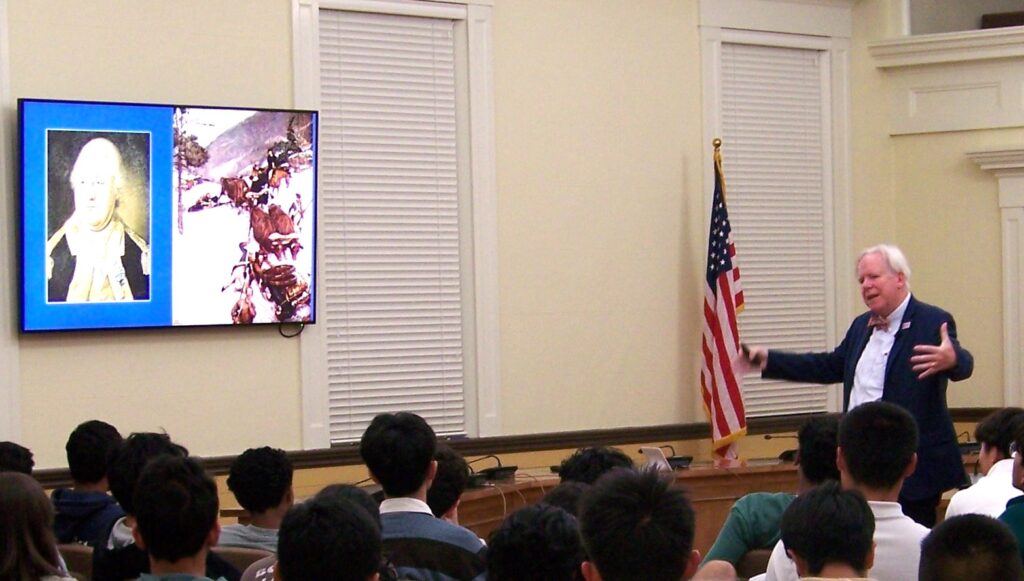
Dr. Allison, a Suffolk University professor since 1992, returned for his third lecture as part of the Acton 250 lecture series he inaugurated to celebrate America’s 250th anniversary. His first lecture described the events leading up to the Boston Tea Party in 1773, and his second related how England’s response to that spurred the colonists to revolt. Tonight’s events concentrated on the events after the war began.
General Washington was appointed commander by John Adams of the Continental Congress, much to the dismay of the other contender, John Hancock. He was assisted by a second in command, former Briton Charles Lee. Washington’s campaign got the boost it needed from two things: Money from Congress, and, eventually, a cannon from Fort Ticonderoga in upstate New York.
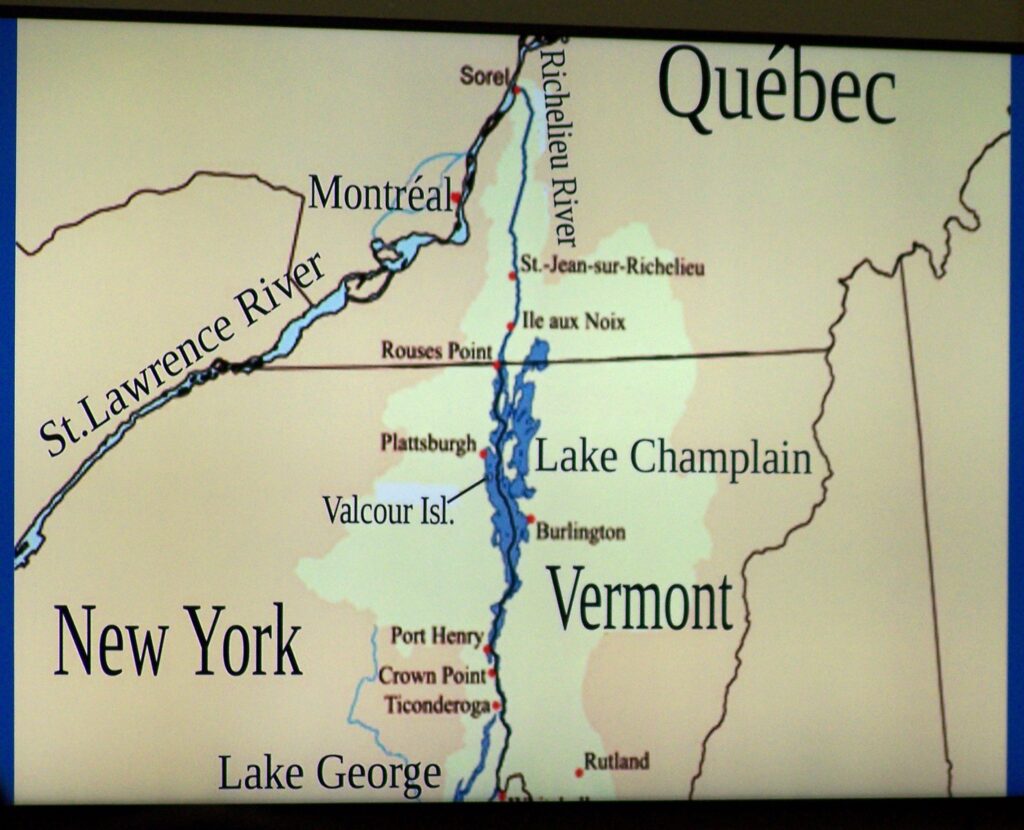
The general found the 20,000 troops in Cambridge badly in need of discipline, so he tapped Henry Knox, impressed with, among other things, his skill at building forts. Now the formerly idle troops had plenty to do: Build a fort to protect Bunker Hill (aka Breed’s Hill), while Knox set off on the 300-mile trip to fetch the cannon. The fort worked, as the Redcoats lost a third of their forces at that battle. Washington chose Rhode Island’s Nathaniel Green as another leader, since he admired Green’s insistence on clean latrines, as disease was a major killer of soldiers in the war.
According to Allison, Washington invited Phillis Wheatley, a former slave, and America’s first published Black poet, to one of his encampments, signing his letter with the closing, “Your obedient servant”, an extraordinary show of humility for a man who owned slaves. (A sculpture of Wheatley is part of the Boston Women’s Memorial on Commonwealth Avenue, created by Meredith Bergmann of Acton, who spoke in this room last spring). Allison said it was unclear if Ms. Wheatley ever showed up at a camp.
Outnumbering the adults in the room were about eighty Acton Boxborough Regional High School Honors History students, accompanied by teacher Mary Price Maddox; they posed for a photo with Dr. Allison after the Q and A session.
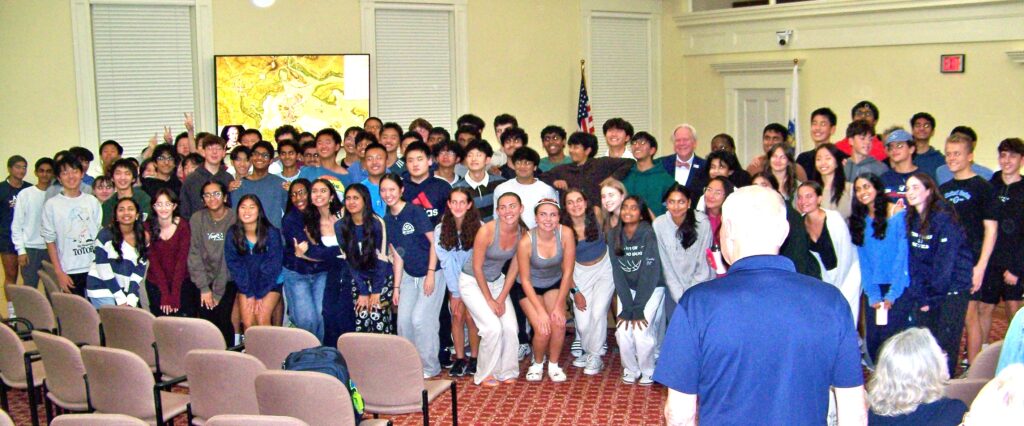
James Conboy writes about sports and a lot else for the Acton Exchange.




